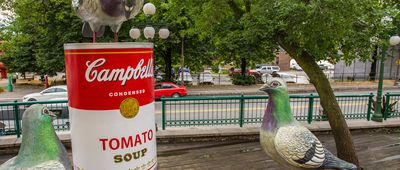Throughout England and mainland Europe, with the exception of Germany, coffeehouses were a man's domain; the only women permitted were prostitutes. As a result, coffeehouses assumed much of the blame from women's groups for husbands' infidelity and distraction from their duties at home. According to the 1674 publication "The Women’s Petition Against Coffee," they were "turning Turk" for "a little base, black, thick, nasty, bitter, stinking nauseous puddle water."
In the face of allegations that coffee made men "unfruitful as the deserts whence that unhappy berry is said to be brought," the 1674 "Men's Answer to the Women's Petition Against Coffee" retorted that beer made men impotent, while coffee "added a spiritual ascendency to the sperm."
Related: Surprising Facts About the Marijuana Industry






































